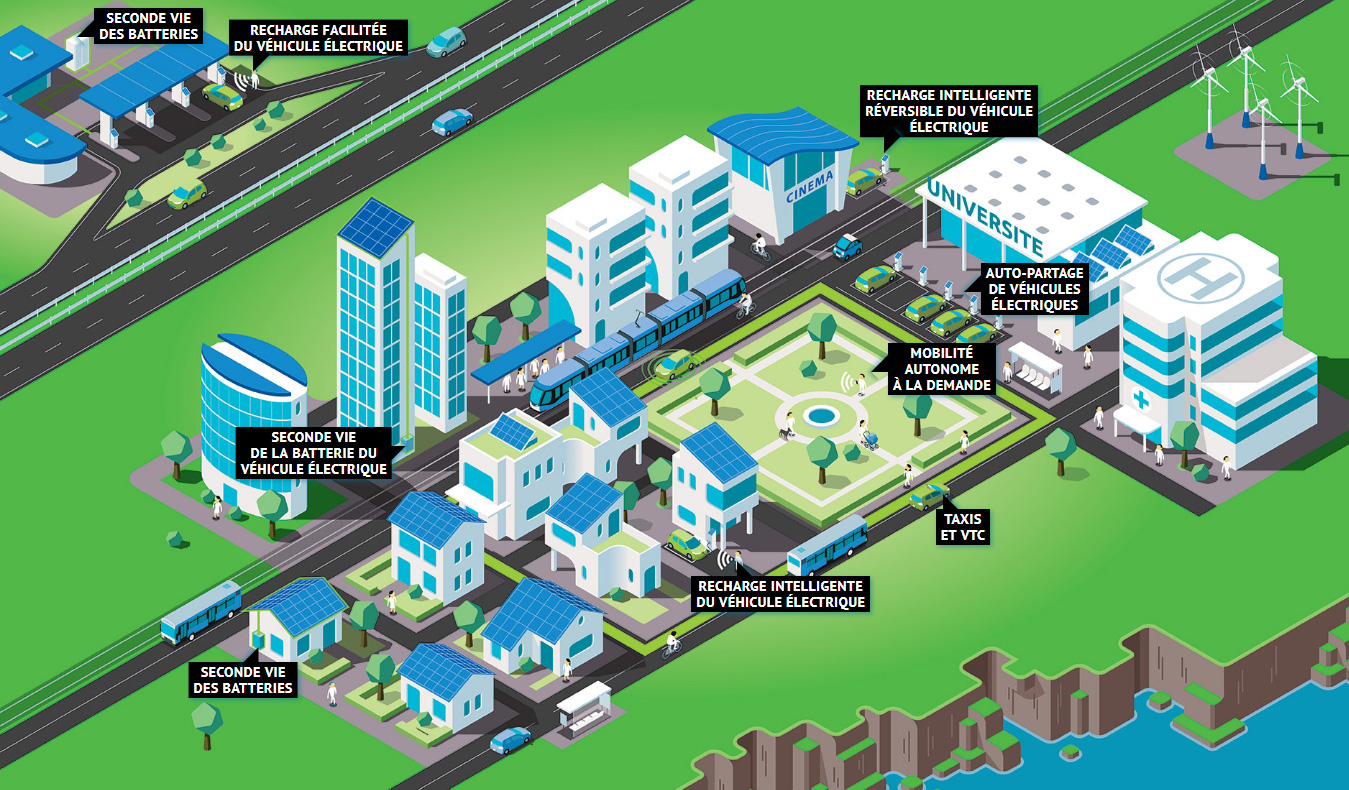|
Virtual reality (VR) has emerged as a groundbreaking technology that holds immense promise for revolutionizing various aspects of our lives. By immersing users in simulated environments, VR creates a sense of presence and allows individuals to experience new worlds and realities like never before. One of the key factors driving the rapid growth of VR is its applications in entertainment and gaming. With VR headsets becoming more accessible and affordable, users can now step into virtual realms and interact with digital objects and characters in a way that feels remarkably real. From adrenaline-pumping adventures to serene explorations of fantastical landscapes, VR gaming transports players to another dimension, providing a level of immersion and engagement previously unimaginable. Beyond entertainment, VR also presents tremendous opportunities in fields such as education and training. By simulating realistic scenarios, VR enables learners to acquire practical skills in a safe and controlled environment. For example, medical students can practice complex surgical procedures without the risks associated with real patients, while pilots can undergo flight simulations to enhance their flying abilities. Moreover, VR can transport students to historical events or remote locations, offering immersive educational experiences that spark curiosity and deepen understanding. In addition to education and training, VR has the potential to reshape industries like architecture, design, and engineering. Architects can use VR to visualize and walk through their designs before construction even begins, allowing for better spatial planning and design refinements. Interior designers can create virtual mock-ups, enabling clients to explore different arrangements and select their preferred styles. Engineers can collaborate in virtual environments, facilitating the design and testing of complex systems without the need for physical prototypes. Furthermore, VR holds promise in healthcare and therapy. It has been successfully employed in pain management, mental health treatment, and rehabilitation. By creating immersive and interactive experiences, VR can distract patients from pain, alleviate anxiety, and provide therapeutic interventions tailored to individual needs. Patients with phobias or post-traumatic stress disorder (PTSD) can undergo exposure therapy in virtual environments, gradually desensitizing themselves to triggering stimuli in a controlled setting. As the technology continues to advance, VR is also being explored for social interactions and communication. Virtual meeting spaces and social platforms allow individuals from different parts of the world to connect and collaborate in a shared virtual environment. This has the potential to revolutionize remote work, enabling teams to have more immersive and engaging meetings, regardless of their physical locations. However, despite its numerous advantages, challenges remain in the widespread adoption of VR. Issues such as motion sickness, limited content availability, and the need for expensive hardware are some of the barriers that need to be addressed. Additionally, ethical considerations regarding data privacy, virtual addiction, and the potential for escapism should be carefully evaluated as VR becomes more prevalent in our lives. In conclusion, virtual reality is a transformative technology with vast potential across various domains. From entertainment and education to healthcare and design, VR offers unique opportunities for immersive experiences, training, and problem-solving. As advancements continue and accessibility improves, we can expect virtual reality to redefine how we interact with digital content, each other, and the world around us.  |
